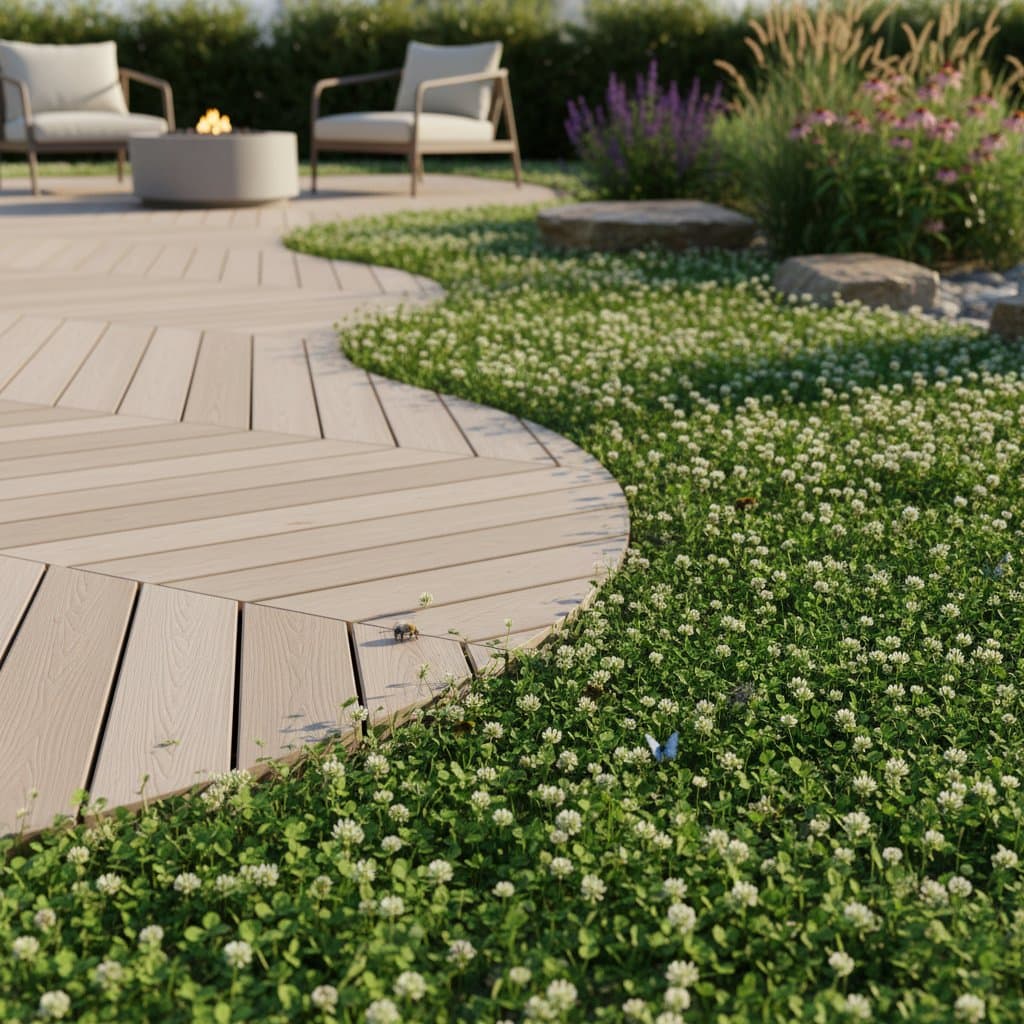Reduce Balcony Railing Garden Maintenance by 80 Percent
Balcony railing gardens offer a convenient way to add greenery to urban living spaces. However, traditional setups often demand frequent watering and constant attention due to quick soil drying and potential mess. Self-watering planters, combined with appropriate soil and installation techniques, reduce maintenance by approximately 80 percent. This approach allows for weekly watering checks while maintaining vibrant plants.
The following sections detail essential purchases, installation steps, ongoing care, and seasonal adjustments. These strategies ensure a tidy, safe, and thriving garden with minimal daily involvement.
Essential Tools and Materials
Assemble a basic railing garden setup using around 10 key items. Preparation time totals about two hours once materials arrive.
Planters and Mounting Hardware
- Acquire three to six self-watering railing planters, each approximately 24 inches (60 cm) in length, featuring integrated water reservoirs.
- Select metal or durable plastic railing brackets capable of supporting at least 20 pounds (9 kg) per unit.
- Include drip tray liners if the railing surface consists of wood prone to staining.
Soil and Plant Selections
- Purchase one large bag of lightweight potting mix incorporating coco coir or perlite for optimal drainage.
- Obtain one small bag of slow-release fertilizer granules to nourish plants over extended periods.
- Choose 10 to 15 plants based on balcony exposure: sun-tolerant varieties for south-facing areas or shade-adapted ones for north-facing spots.
Maintenance Accessories
- Equip with a watering can featuring a narrow spout for precise reservoir filling.
- Use a moisture meter or a wooden chopstick to assess soil hydration levels.
- Include a pair of garden scissors for pruning and shaping foliage.
Additional useful items include a small funnel for spill-free refills and weatherproof labels to note plant varieties and last watering dates.
Installation Safety Guidelines
Prioritize safety during setup to prevent accidents in elevated spaces.
- Test each bracket's stability by applying gradual weight before filling planters with soil and water; a fully loaded unit may exceed 15 pounds (7 kg).
- Adjust planters from a stable position inside the balcony, avoiding excessive leaning over the railing.
- Refrain from using stools or chairs near the edge; employ a grabber tool for high reaches or seek assistance from another person.
- Wear gloves when mixing fertilizer or soil to protect against irritation.
- Empty excess water from reservoirs ahead of storms to avoid drips onto areas below.
Cost and Time Estimates
Establish a modest railing garden for less than 100 dollars by selecting cost-effective options and reusing existing tools.
Budget Breakdown
- Self-watering planters: three units at approximately 20 dollars each.
- Potting mix and fertilizer: 15 dollars combined.
- Brackets and related hardware: 20 dollars.
- Plants: 20 to 30 dollars, varying by type and quantity.
Time Requirements
- Initial setup, including assembly and cleanup: two hours.
- Routine weekly inspections: 10 minutes.
- Seasonal maintenance, such as trimming, cleaning, and replanting: one hour.
This project suits constrained urban environments, demanding little ongoing effort.
Efficient Storage Solutions
Protect supplies from balcony elements like humidity and pests by using appropriate containers.
- Place extra soil in a lidded plastic tub stored beneath a bench or in an indoor closet.
- Seal fertilizer in a resealable bag within an outer container to contain any scents.
- Mount scissors and the moisture meter on a wall hook adjacent to the balcony door for easy retrieval.
- Affix labels to all storage bins indicating contents, facilitating quick restocking.
Such organization maintains a clutter-free balcony and streamlines gardening tasks.
Seasonal Care Schedule
Adapt routines to weather changes for year-round plant health.
Spring Preparation
- Renew potting mix and replace winter-damaged plants.
- Incorporate a new application of slow-release fertilizer.
- Inspect brackets and hardware for signs of rust or instability.
Summer Management
- Top off reservoirs every three to four days during prolonged hot spells.
- Prune vigorous growers to promote air circulation among leaves.
- Flush fill tubes periodically to eliminate algae buildup.
Autumn Adjustments
- Harvest seeds or take cuttings from established plants for propagation.
- Decrease fertilizer applications as plant growth diminishes.
- Empty reservoirs prior to heavy rainfall to prevent overflows.
Winter Protection
- Relocate or insulate planters against frost risks.
- Bring self-watering components indoors to preserve their condition.
- Clear the balcony surface and fasten loose elements before inclement weather.
These targeted actions sustain garden vitality with brief interventions.
Advanced Techniques for Optimal Results
Enhance efficiency through targeted practices.
- Group plants by comparable hydration requirements within each planter; for example, pair drought-tolerant succulents separately from moisture-loving herbs.
- Opt for light-colored planters in full-sun locations to minimize heat absorption and maintain cooler soil temperatures.
- Apply a half-inch (1 cm) layer of mulch beads or pebbles over the soil surface to reduce moisture loss.
- Maintain a digital or paper log of watering dates; reference it if wilting occurs to identify patterns.
- For extended absences, install a drip irrigation system linked to a timer, connecting lines to individual reservoirs for automated hydration over weeks.
Implement these methods to minimize surprises and sustain consistent growth.
Finalizing Your Setup
Begin by installing three self-watering railing planters on secure brackets, allowing the internal wicking mechanism to handle daily moisture distribution. Perform refills once or twice weekly, prune as growth demands, and observe seasonal light shifts to refine plant selections.
Conduct bracket inspections biannually and reservoir cleanings monthly. Gradually curate a plant assortment that aligns with your schedule, fostering a self-sustaining display.
This configuration eliminates routine hassles, providing 80 percent less watering frequency, reduced soil spillage, and ample opportunity to appreciate the urban vista from your verdant perch.


